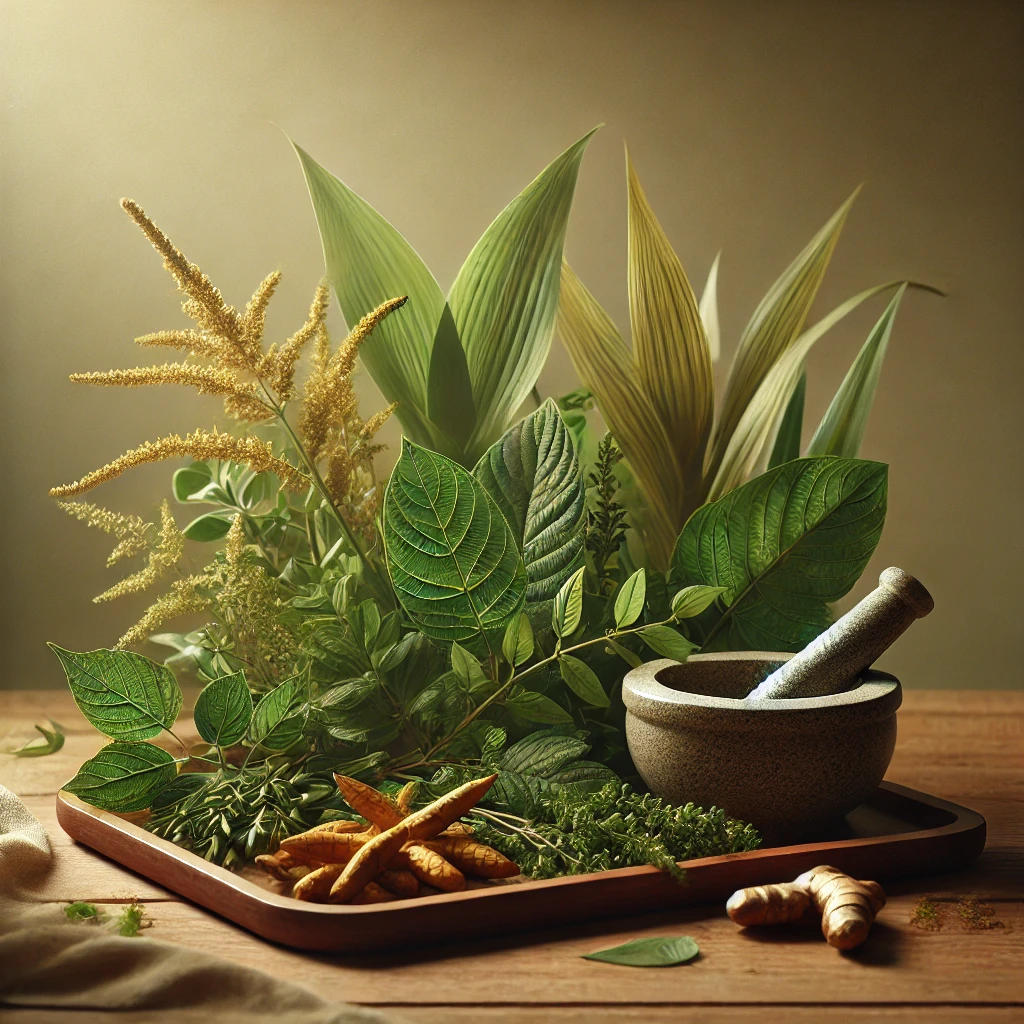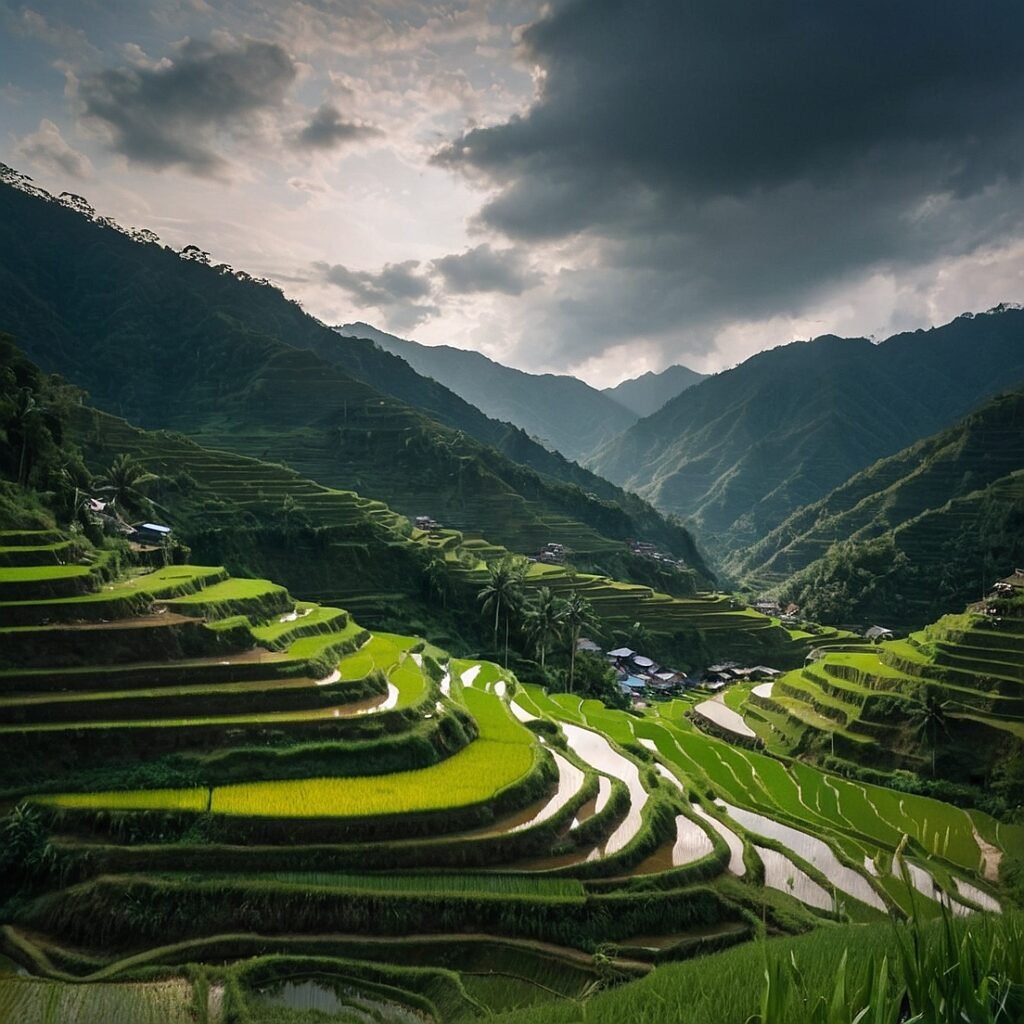In the lush archipelago of the Philippines, where nature’s bounty meets ancient wisdom, lies a treasure trove of healing traditions passed down through generations. As a Filipino health and wellness writer, I’ve always been fascinated by the intricate tapestry of our traditional medicine, woven with threads of indigenous knowledge and the vibrant flora that blankets our islands. Today, dear kababayan (fellow countrymen), we embark on a journey through the verdant world of Filipino herbal remedies, exploring how these time-honored practices can complement our modern approach to health and wellness.
The Roots of Filipino Herbal Medicine
A Legacy of Healing
The story of Filipino herbal medicine is as old as our islands themselves. Long before the arrival of Western medicine, our ancestors relied on the healing properties of plants to cure ailments, boost immunity, and maintain overall health. This knowledge, passed down orally and through practice, has survived centuries of colonial influence and continues to thrive in both rural and urban settings.
Our traditional healers, known as albularyo or hilot, have long been the custodians of this ancestral wisdom. These respected figures in our communities blend their understanding of herbs with spiritual practices, creating a holistic approach to healing that addresses not just the physical symptoms but also the emotional and spiritual aspects of well-being.
As we delve deeper into our herbal heritage, it’s important to recognize that these practices are not just relics of the past. They are living traditions that continue to evolve, adapting to our changing needs while staying true to their core principles of balance and harmony with nature.
The Philosophy Behind Filipino Herbal Medicine
Balance and Harmony: The Pillars of Wellness
At the heart of Filipino herbal medicine lies a profound understanding of balance – between hot and cold, wet and dry, and the interconnectedness of mind, body, and spirit. This concept of balance, or timbang, is fundamental to our approach to health and healing.
Our traditional healers believe that illness occurs when there’s an imbalance in the body’s natural state. Herbal remedies are chosen not just for their physical properties but also for their ability to restore this delicate equilibrium. It’s a holistic view that sees the human body not as a collection of separate parts but as an interconnected whole, much like the diverse ecosystems of our beloved Philippines.
This philosophy aligns beautifully with our cultural values of bayanihan (communal unity) and pakikisama (harmony with others). Just as we believe in the power of community to overcome challenges, we see health as a collaborative effort between the individual, nature, and the broader community.
Common Herbs in Filipino Traditional Medicine
Nature’s Pharmacy: Exploring Our Herbal Treasures
The Philippines is home to an incredible diversity of medicinal plants, each with its unique properties and uses. Let’s explore some of the most popular herbs in our traditional pharmacopeia:
| Herb Name | Filipino Name | Common Uses |
|---|---|---|
| Lagundi | Lagundi | Cough, asthma, fever |
| Sambong | Sambong | Kidney stones, urinary tract infections |
| Ampalaya | Ampalaya | Diabetes, skin conditions |
| Malunggay | Malunggay | Nutritional supplement, lactation aid |
| Bayabas | Guava | Diarrhea, wound healing |
| Tsaang Gubat | Forest Tea | Stomach aches, diarrhea |
| Yerba Buena | Peppermint | Headaches, nausea |
| Ulasimang Bato | Pansit-pansitan | Arthritis, gout |
Each of these herbs has a story to tell, rooted in centuries of use and observation. Take lagundi, for instance. This humble shrub has been used for generations to soothe coughs and ease breathing difficulties. Modern research has validated its effectiveness, leading to the development of lagundi-based cough syrups that are now widely available in our local pharmacies.
Or consider malunggay, often called the “miracle tree” for its incredible nutritional profile. Our lolas (grandmothers) have long added its leaves to soups and stews, knowing instinctively what science has now confirmed – that it’s packed with vitamins, minerals, and antioxidants that support overall health and boost milk production in nursing mothers.
These examples illustrate a beautiful synergy between traditional wisdom and modern science, a theme we’ll explore further as we delve deeper into the world of Filipino herbal medicine.
Preparing and Using Filipino Herbal Remedies
From Garden to Kusina: Harnessing Nature’s Healing Power
The beauty of Filipino herbal medicine lies not just in its effectiveness but also in its accessibility. Many of these healing plants can be found in our own backyards or local markets, making it possible for families to create their own natural remedies at home.
Here’s a simple guide to preparing some common herbal remedies:
| Preparation Method | Description | Examples |
|---|---|---|
| Decoction | Boiling herbs in water to extract their properties | Lagundi for cough, Sambong for UTI |
| Infusion | Steeping herbs in hot water, like tea | Tsaang Gubat for stomach aches |
| Poultice | Crushing herbs and applying directly to the skin | Bayabas leaves for wounds |
| Tincture | Soaking herbs in alcohol to extract properties | Yerba Buena for headaches |
| Fresh consumption | Eating or juicing raw herbs | Malunggay for nutrition |
Remember, mga kaibigan (friends), the key to using herbal remedies effectively lies in understanding their proper preparation and dosage. While many of these herbs are safe for regular use, it’s always wise to consult with a knowledgeable herbalist or healthcare provider, especially if you’re dealing with chronic conditions or taking other medications.
Integrating Traditional and Modern Medicine
Bridging Two Worlds: A Holistic Approach to Health
As we navigate the complex landscape of modern healthcare, it’s crucial to recognize the value of both traditional and contemporary approaches to healing. In the Philippines, we’re in a unique position to benefit from the best of both worlds.
Many Filipino healthcare providers are now adopting an integrative approach, combining evidence-based modern treatments with traditional herbal remedies. This holistic strategy acknowledges the effectiveness of our ancestral practices while embracing the advancements of modern medicine.
For instance, a patient with diabetes might receive conventional medication from their doctor while also being advised on the benefits of including ampalaya (bitter melon) in their diet. This integrated approach not only addresses the physical symptoms but also empowers patients to take an active role in their health management, aligning with our cultural values of self-reliance and community support.
The Science Behind Filipino Herbal Medicine
Ancient Wisdom Meets Modern Research
As a health writer committed to evidence-based practices, I’m always excited to see scientific studies validating the effectiveness of our traditional remedies. In recent years, there has been a growing body of research exploring the pharmacological properties of Filipino medicinal plants.
For example, studies on lagundi have confirmed its bronchodilating effects, supporting its traditional use for respiratory issues. Research on sambong has revealed its diuretic properties, explaining its effectiveness in treating urinary tract problems.
This scientific validation not only lends credibility to our traditional practices but also opens up new possibilities for drug development. It’s a testament to the ingenuity of our ancestors and the enduring relevance of their knowledge in our modern world.
Challenges and Considerations
Navigating the Path of Traditional Healing
While the benefits of Filipino herbal medicine are numerous, it’s important to approach its use with awareness and caution. Here are some key considerations:
- Quality and Purity: Ensure that herbs are sourced from reputable suppliers to avoid contamination or adulteration.
- Proper Identification: Some medicinal plants have toxic look-alikes. Always consult with experts to ensure correct identification.
- Interactions with Medications: Herbal remedies can interact with conventional medicines. Always inform your healthcare provider about any herbal supplements you’re taking.
- Sustainable Harvesting: As demand for herbal remedies grows, it’s crucial to practice sustainable harvesting to protect our biodiversity.
- Standardization and Regulation: There’s a need for better standardization and regulation of herbal products to ensure safety and efficacy.
By addressing these challenges, we can ensure that Filipino herbal medicine continues to thrive and benefit future generations.
The Future of Filipino Herbal Medicine
Nurturing Our Herbal Heritage in a Changing World
As we look to the future, the role of Filipino herbal medicine in our healthcare landscape is more relevant than ever. With growing interest in natural remedies and a global shift towards more holistic approaches to health, our rich herbal traditions have much to offer not just to Filipinos but to the world at large.
There’s exciting potential for further research and development, which could lead to new herbal formulations and even pharmaceutical discoveries based on our traditional knowledge. At the same time, there’s a pressing need to document and preserve this ancestral wisdom, ensuring that it’s not lost as our society modernizes.
Education plays a crucial role in this preservation effort. By integrating knowledge of traditional herbs into our school curricula and community health programs, we can ensure that future generations appreciate and benefit from this invaluable aspect of our cultural heritage.
Embracing Our Herbal Legacy
As we come to the end of our journey through the world of Filipino herbal medicine, I’m reminded of the bahay kubo (traditional Filipino home) – a symbol of simplicity, resilience, and harmony with nature. Like the bahay kubo, our herbal traditions stand as a testament to the ingenuity and wisdom of our ancestors, offering shelter and healing in times of need.
In every malunggay leaf added to our tinola, in every cup of salabat (ginger tea) sipped on a rainy afternoon, we connect with centuries of healing knowledge. This connection not only supports our physical health but also nourishes our cultural identity and spiritual well-being.
As we move forward in our wellness journeys, let’s embrace the balance between tradition and modernity, between the wisdom of the past and the innovations of the present. By doing so, we honor our roots while growing towards a healthier, more harmonious future.
Remember, mga kaibigan, in every sip of salabat, there’s healing; in every breath, there’s wellness. Let’s continue to nurture and celebrate our rich herbal heritage, allowing it to guide us towards a more balanced, healthful way of living.
Disclaimer: The information provided in this article is for educational purposes only and should not be considered as medical advice. While traditional Filipino herbal remedies have been used for generations, their efficacy and safety may vary. Always consult with a qualified healthcare professional before starting any new treatment regimen, especially if you have pre-existing health conditions or are taking medications. If you experience any adverse reactions to herbal remedies, discontinue use immediately and seek medical attention. The author and publisher are not responsible for any health issues that may result from the use of the information provided. If you notice any inaccuracies in this article, please report them so we can correct them promptly.





I’ve been searching for information like this for a while. I’m definitely going to share this with my friends. Your perspective on this topic is refreshing! This blogpost answered a lot of questions I had. Great read! Looking forward to more posts like this. The content in this blog is truly eye-opening. I can’t wait to implement some of these ideas. This post is really informative and provides great insights! I enjoyed reading this and learned something new. I enjoyed reading this and learned something new.